Description and secrets of brewing thyme
Thyme is not only a beautiful wild plant, but also has many useful properties. It is widely used in medicine. You can buy this plant at the pharmacy, as well as collect it yourself in the meadows.
Content:
Description of thyme
Thyme belongs to the category of semi-shrubs.
Its height can be from 5 to 40 centimeters. It is characterized by the presence of thin stems spreading along the ground. This plant is perennial. It is able to grow and multiply on its own. Thyme has small and green flowers, which are characterized by an oval shape. The flowers of this plant are pinkish-purple in color. Flowers are collected in bunches at the ends of the pagons.
Oddly enough, this flower can bear fruit. Ego fruits in the form of four nuts are at the bottom of the cup.
Reproduction of this plant is carried out using seeds or vegetatively. It is characterized by a peculiar fragrant smell. This plant blooms in late June, early August. Ripening of thyme fruits should be expected in late August - early September. This plant loves dry soil on which it spreads.
The benefits and uses of the plant
This plant has long been known as healing and this opinion is correct.
Thyme contains a lot of useful elements:
- Fats.
- Resin.
- Copper.
- Gum.
- Tannins.
- Oleic acid.
- Vitamin B, C, etc.
This is the plant is able to provide antiseptic, wound healing and disinfectant effects. Thyme is very often used in medicine, industry, cosmetology. This plant is widely used not only in folk medicine, but also in the manufacture of various medications (for example, thyme is a part of children's cough medicines).
This plant is widely used for:
- Various insect bites, as it is able to soothe pain and relieve swelling.
- Neurasthenia, depression, chronic fatigue are ailments that can also be cured with thyme.
- Thyme essential oils are very often used for air disinfection, and decoctions for bad breath.
- The high effect of this plant has been proven in the treatment of various diseases of the respiratory tract (tuberculosis, cough, bronchitis, asthma, etc.).
- Thanks to this plant, you can defeat various diseases of the gastrointestinal tract (intestinal spasms, bloating, etc.).
- Also, thyme is widely used for allergic diseases, various rashes, articular and muscular rheumatism, bruises, etc.
- Thyme is often used in the treatment of erectile dysfunction, which helps restore male health.
- Thyme is very often used by the elderly to normalize blood pressure. This is due to the fact that this plant is able to dilate blood vessels.
Thyme is a very effective herb that is widely used in medicine. Its beneficial properties can be described indefinitely.
Despite the high efficiency of the plant. It also has contraindications.
If you use thyme incorrectly, then it can negatively affect human health.
Thymol is a part of thyme, which is capable of inhibiting the function of the thyroid gland, which itself is inhibited after forty years.Therefore, at this age, it is necessary to take infusion or tea with thyme very carefully. Also, thyme settles on the walls of the stomach of children under the age of two, therefore, it is not recommended to take infusions from this plant for children under this age. It is also necessary to take decoctions and infusions of thyme for those people who suffer from gastric ulcer or diabetes mellitus.
It is also forbidden to take thyme to pregnant women, as this can negatively affect the development of the fetus.
Doctors allow pregnant women to take only a weak decoction of thyme or their tea. Before taking this broth, it is imperative to consult a doctor with whom the pregnant woman is registered. Thyme is often used for children as a sedative. This herb is very effective, but it is not recommended for patients to take it internally. It is best to buy children in a bath with a decoction of thyme.
How to brew thyme
Thyme has many beneficial properties and is used to treat many different diseases.
Depending on what disease will be treated with a medicinal decoction, its composition and method of brewing vary:
- In case of glaucoma, it is necessary to add, in addition to thyme, raspberry leaves, chamomile herbs and hawthorn fruits to the broth. All of these ingredients must be ground and mixed in equal amounts. Next, you need to take one teaspoon of these plants and pour a liter of boiling water. It is necessary to infuse this broth for one hour. You need to use it three times a day for a quarter of a glass.
- When treating alcoholism, you need to take one teaspoon of the herb, which is poured with a liter of boiling water. During the simultaneous intake of this broth and alcoholic beverages, the patient develops very unpleasant symptoms (vomiting, nausea, sweating, increased heart rate), which discourages the use of alcoholic beverages.
- For coronary heart disease, mix one to two chopped thyme herb, peppermint and valerian root on the root of burdock and motherwort. This mixture must be filled with hot water (one glass) and brought to a boil. It is necessary to infuse the broth for one hour in a sealed container or in a thermos. This infusion must be divided into five receptions.
- For various allergic diseases, a collection of herbs such as thyme, coriander, nettle, succession, sage... One teaspoon of this collection is poured with boiling water. Next, the infusion must be placed in a water bath and cooked for twenty minutes. It is necessary to take this infusion three times a day before meals, 50 ml.
- In the treatment of cough, an infusion of pure thyme is used. To prepare it, you need to take one tablespoon of the herb, which is poured with boiling water.
- To use this plant as a sedative, you must take valerian root, thyme, licorice and peppermint... These ingredients must be ground and mixed in equal amounts. One tablespoon of the collection is poured with a glass of boiling water. It is necessary to infuse the broth for one hour. It is used three times a day for a quarter of a glass.
- To normalize pressure, you need to take one teaspoon of dry or raw chopped thyme and pour one glass of boiling water. Next, you need to let the broth brew for two to four hours. It is taken four times a day for a quarter of a glass.
- Infusions of thyme are very often used to treat various diseases. The preparation of the infusion differs in the recipe depending on the specificity of the disease. The collection of plants must be carried out at the end of August or at the beginning of September. During this period, the greatest amount of nutrients is retained in the thyme.
In many Asian and southern European countries, thyme tea is quite popular.
This is due not only to its healing properties, but also to its pleasant aroma. To prepare this drink, you only need to take a pinch of chopped herbs.Thyme is placed in a tea cup and boiled over. It must be infused for five minutes. Hot tea is accepted. Before taking the tea, be sure to strain it.



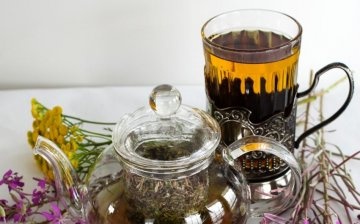
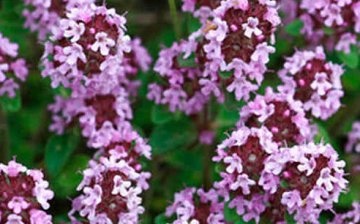
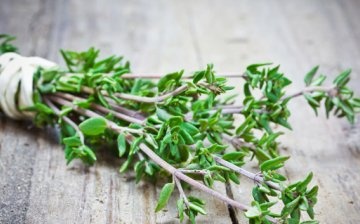
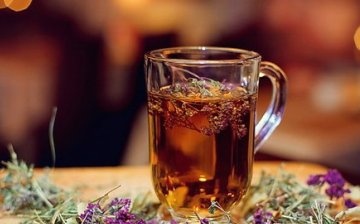





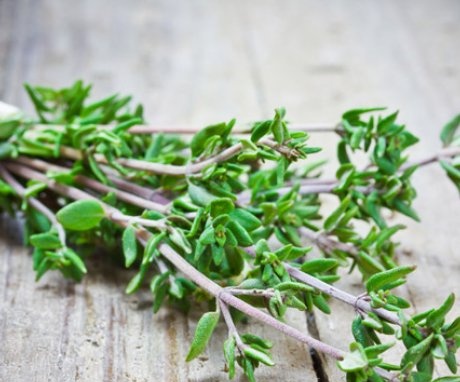
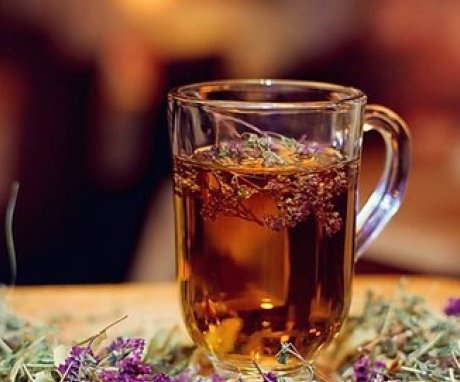
If possible, could you please clarify on the account of growing thyme at home, say, in a pot on a windowsill? Will he be able to take root and give color?
I love thyme very much and I brew it simply - in a teapot like tea. Didn't even know he was so useful.
Thyme is really an amazing plant, we grow it at the dacha, make tea with fresh tea, and then dry it again and spoil ourselves with pleasure with it in winter.
Thyme, its other name is thyme. Isn't it in the Pertussin cough syrup? Most often I buy thyme at the pharmacy. A box of 50 grams is enough for a long time. Sometimes I add, little by little, to the tea leaves for black tea, it turns out tasty and aromatic.